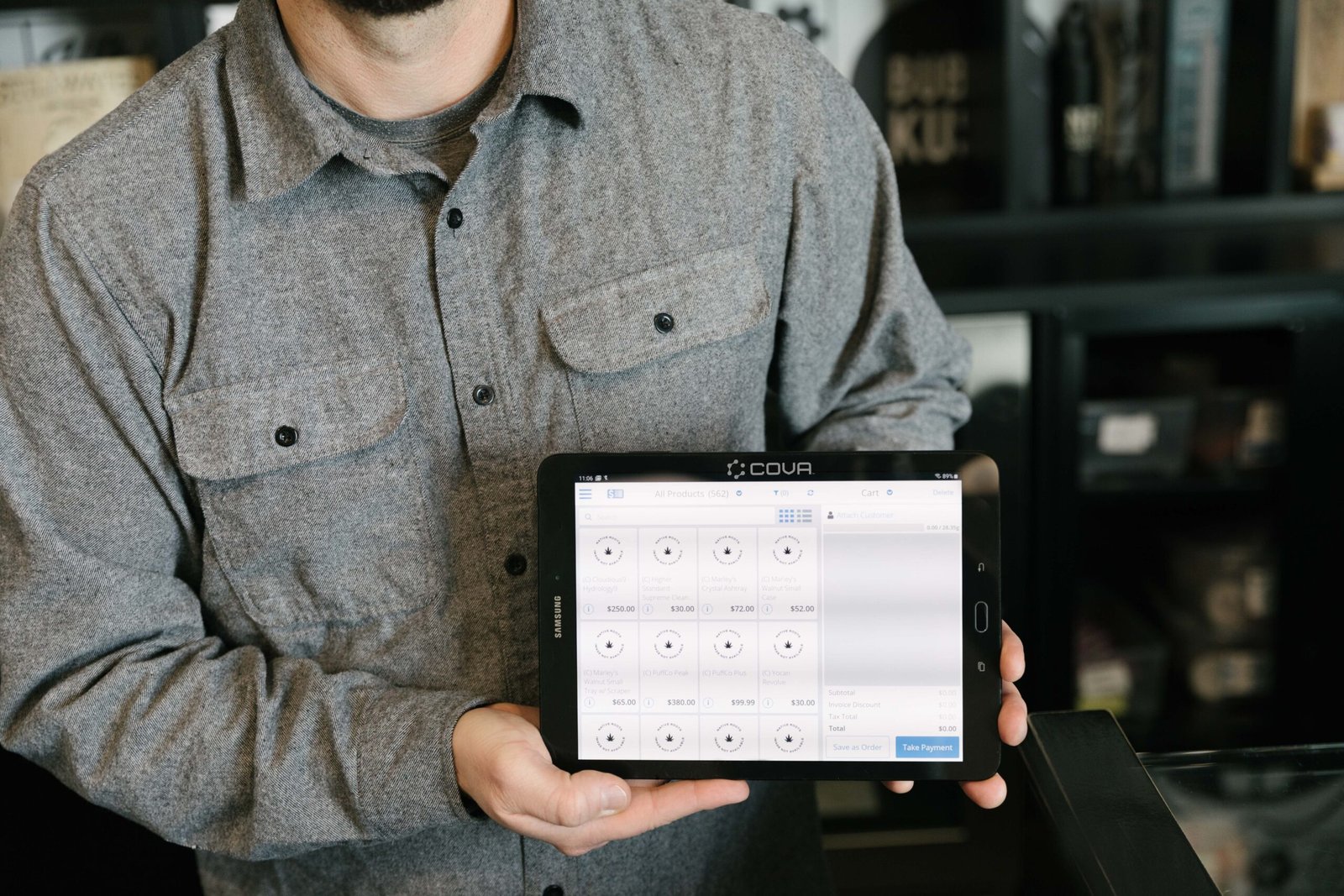Purchase Order Process
A longer purchase order process might ruin your organisation in the modern, global workforce. The purchase order procedure is hampered by manual processing and outdated methods, which are more detrimental than beneficial. Using a bank account without ATM access is analogous to relying on a manual purchase order process with emails and spreadsheets.
Automating your purchase process is a fantastic method to tackle this difficulty. Using digital technology, clumsy procedures run smoothly. Not yet convinced?
Let’s examine the existing status of purchase order administration and identify its primary shortcomings before delving further into a procurement system for successful PO management.
How do purchase orders get processed?
In the age of technology, it makes sense to use a cloud-based solution for purchase orders like eSmart. Because you could trace POs from beginning to end.
Process flow for purchase orders
To enable prompt PO processing, the purchase order process includes a number of compliance checkpoints and approval/input processes. The following are the steps that purchase orders typically go through:
- Establish a purchase order
- Send several requests for quotes (RFQs)
- Analyse and choose a supplier
- Contract negotiations and PO delivery
- Obtain products or services
- Invoices are received and checked (3-Way Matching)
- Approve the invoice and pay the supplier
- Keeping of records
- Close of Purchase Order
The drawbacks of manually processing purchase orders
However, maintaining manual purchase orders is expensive, ineffective, and time-consuming. To process one purchase order, too much paperwork is needed.
It takes a lot of time to gather, store, and send them through the approval loop while making sure they don’t get misplaced or harmed.
The following are some drawbacks of a manual purchase order procedure:
- Lacks transparency
- Increases in organisational cost
- Slows the processing of POs
- Relies on assistance from people
- Has compliance problems and process bottlenecks
- Includes a never-ending cycle of emails and persons
- Is laborious, wrong, and inefficient-prone
Benefits of a digital purchase order system
So, here are six justifications for why each and every business should have a procurement solution with a purchase order management system. Systems for digital purchase orders can:
- Improved PO management efficiency, with no lost or delayed POs
- Boost PO processing efficiency
- Accelerate the approval of procurement orders
- Streamline the handling of orders and stocks
- The vendor-buyer relationship should be improved
- Defend against procurement fraud
Summary
So, Goodbye to the never-ending paper trail, missed purchase orders, and interminable data input hours. Cloud-based procurement programmes such as eSmart convert paper documents into easily traceable digital forms that are stored safely in the cloud.
Implementing a procurement system may appear to be a quick fix for all your PO-related problems, but the procedure is actually rather difficult. So, it is crucial to follow a few buy-order best practices to guarantee that your procurement tool is operating as it should.
Also, your faulty PO process can be fixed, efficiency can be increased, and ROI can be increased with the correct procurement best practice. Even though the definition of a purchase order may appear complicated, understanding it for good may be achieved by looking at some of the most widespread best practices.

